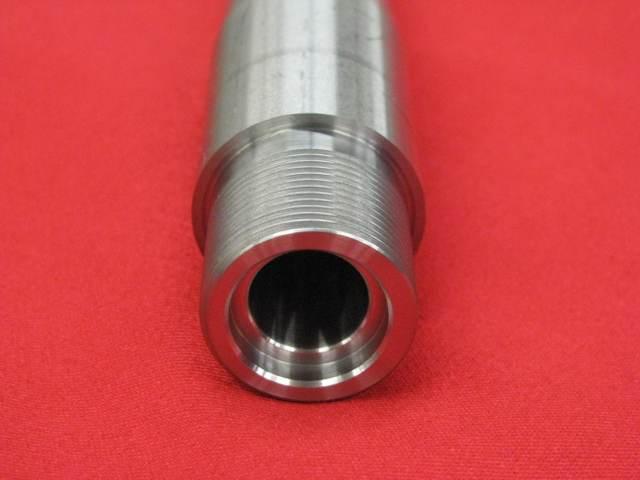Jeffrthehunter
Well-Known Member
Do you feel the HSS give you a better finish than carbide, what RPM?No I thread on a manual lathe with HSS inserts. no foot brake or anything like that. holding the barrel rigid and having the right threading tool makes a big difference in surface finish
Jeff


